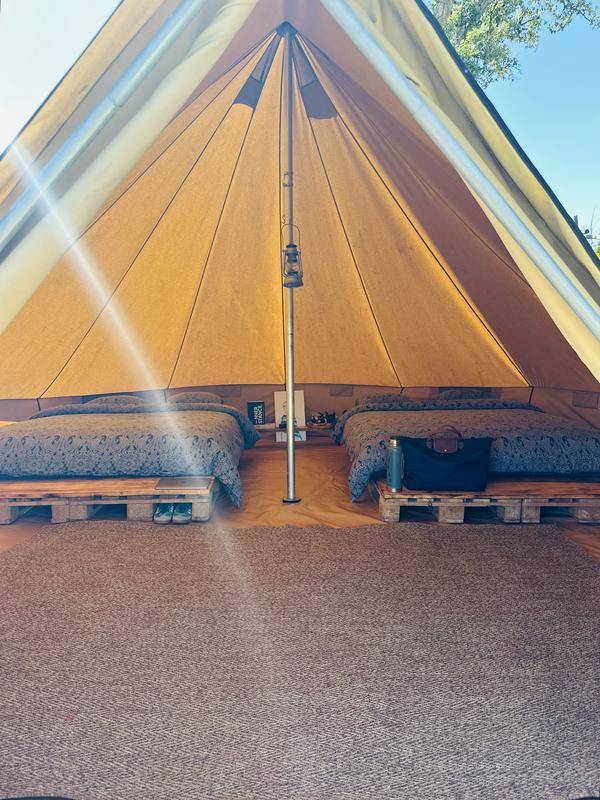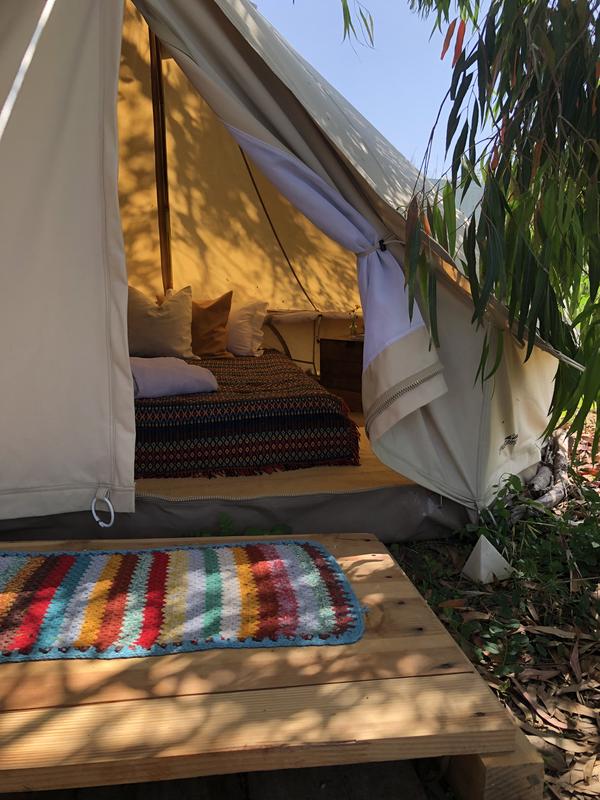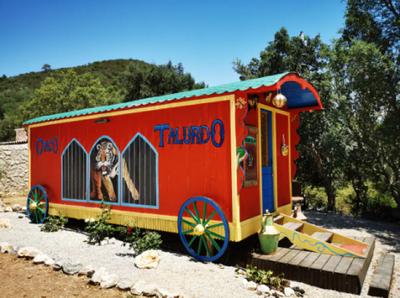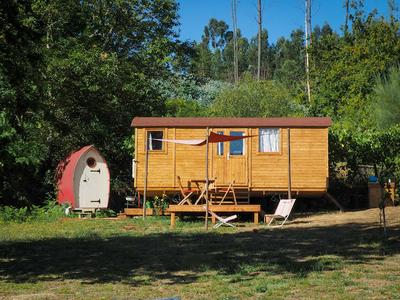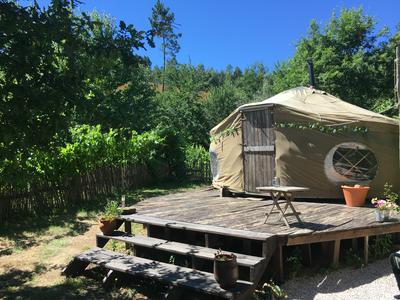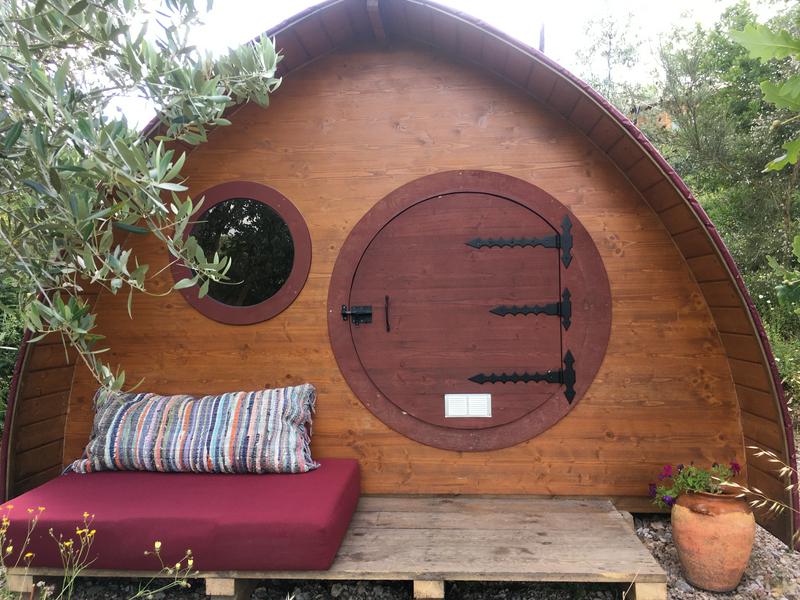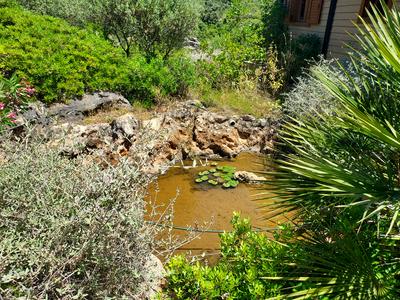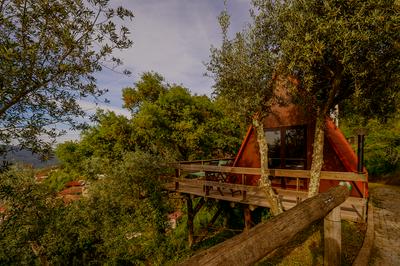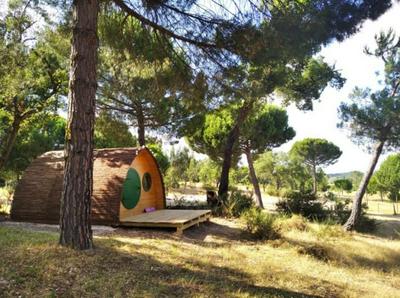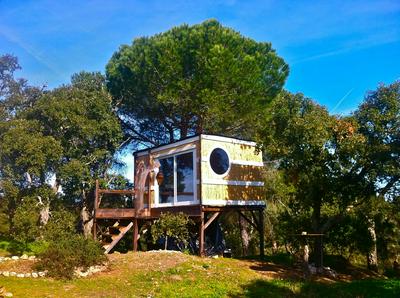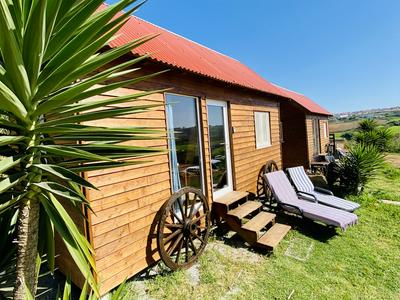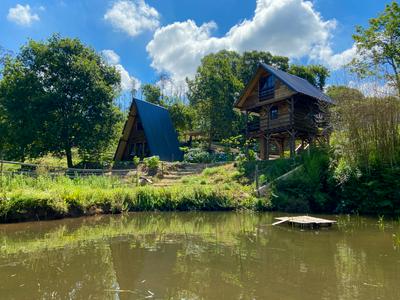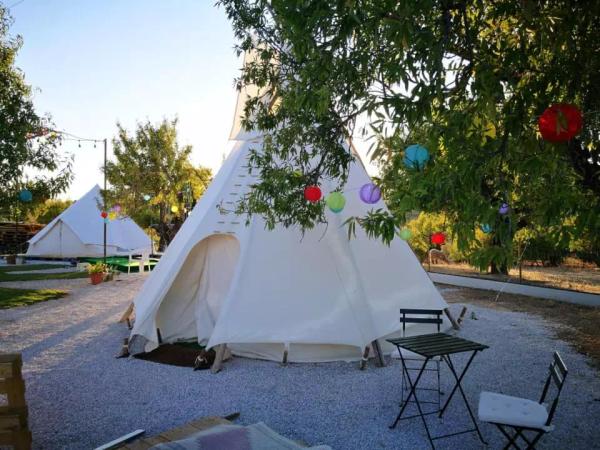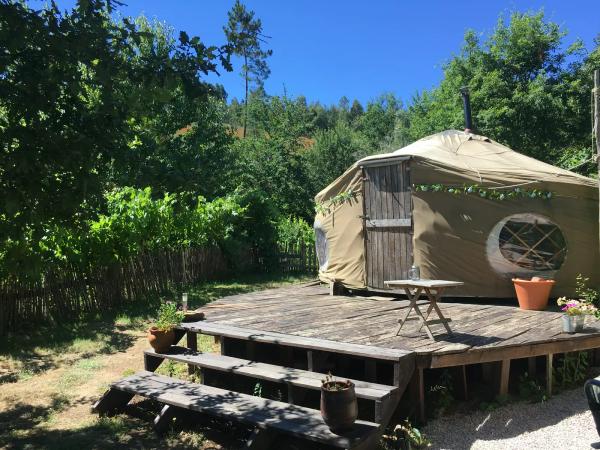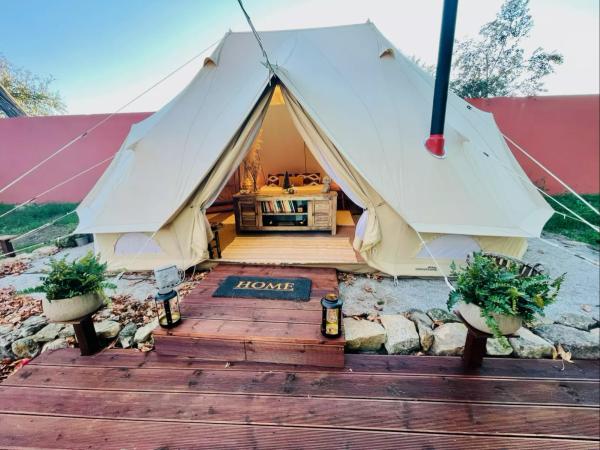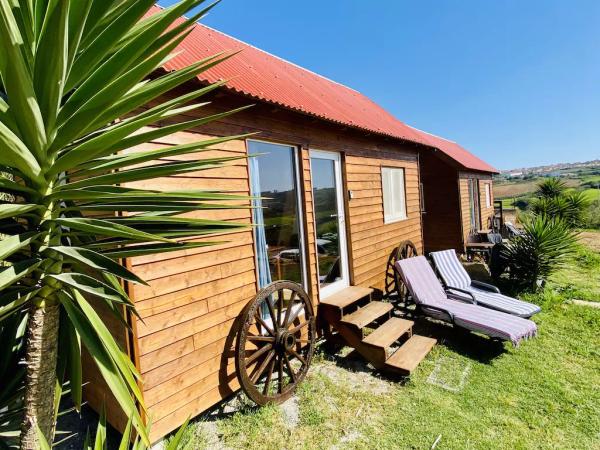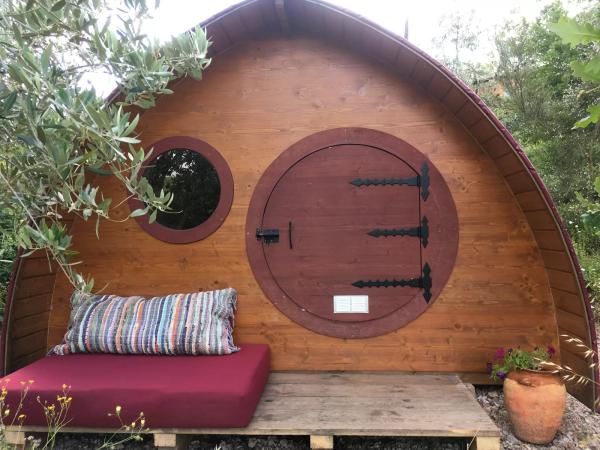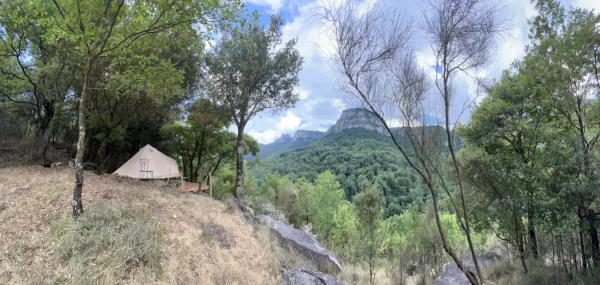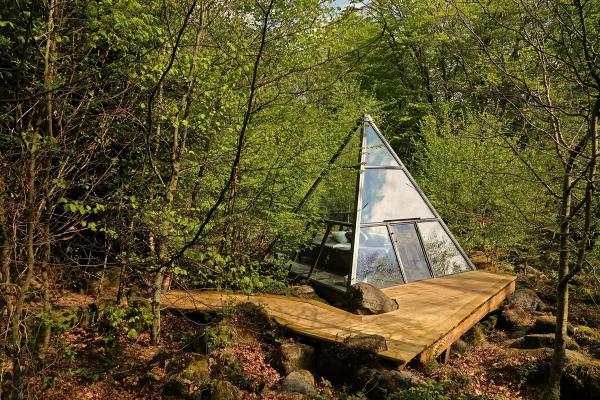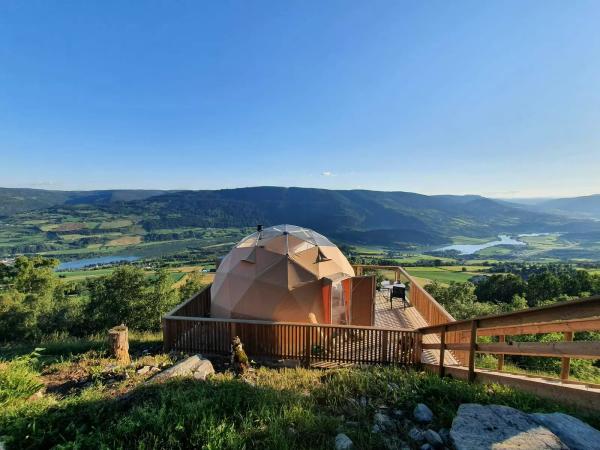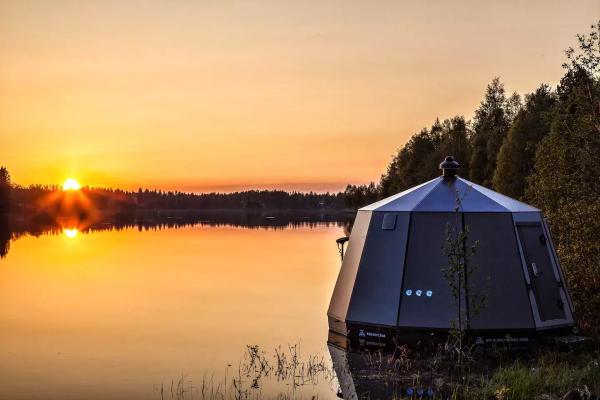
Glamping in Portugal
Enjoy the Portuguese nature in the comfort of a glamping tent or a unique bungalow.
Explore unique glamping stays in Portugal
Glamping Portugal
Glamping in Portugal is a unique way to experience the country's captivating beauty while indulging in a luxurious outdoor retreat. Portugal's diverse landscape, rich history, and pleasant climate make it an ideal destination for glamping enthusiasts. As you plan your adventure, consider how the country's seasonal variations can influence your choice of glamping accommodations. In this brief guide, we'll explore the different glamping options in Portugal, with an emphasis on how the nation's distinctive characteristics can help you choose the perfect stay.
Bell Tents
The bell tent is the most common glamping accommodation in Portugal. Glamping tents typically have a capacity for 2-4 people, but this depends on the size and layout. Bell tents have a central pole and are relatively easy to set up. You can mostly find them in camping parks, like the bell tents at Sublim Ecolodge, near Sines.
A teepee, or tipi, is a cone-shaped tent similar to bell tents, but without the central pole. Tipi tents are traditionally used by indigenous peoples and are less common in Portugal.
See all: Bell tents in Portugal

Tiny houses
Tiny houses are a popular type of glamping accommodation in Portugal that offer a unique and minimalist approach to living. These houses are built with all the amenities of a home, but in a compact space, often on a platform with wheels, making them mobile and off-grid. Despite usually accommodating only two people, some tiny houses have been adapted for glamping with more guests. Check out the cozy and unique tiny houses in Serra da Arrabida and this tiny house in Óbidos for an unforgettable glamping experience.
See all: Tiny houses in Portugal

Glamping pods
Glamping pods have become a popular type of glamping accommodation due to their affordability, comfort, and unique design. Constructed mostly from wood, they offer a cozy and private experience compared to traditional camping tents. These pods typically include a double bed, kitchenette, and outdoor deck, and some may even have a bathroom. Most glamping pods are designed for two people and are built with wood, just like the ones available at Glamping Hills. Overall, glamping pods are an excellent option for those seeking an outdoor adventure without sacrificing comfort and convenience.
See all: Glamping Pods in Portugal

Treehouses stays in Portugal
In Portugal treehouses are among the most unique glamping accommodations you can find. They come in all shapes and sizes, depending on the trees supporting them and the skill of the builder. The treehouse at Sublim Ecolodge is a cabin built in harmony with the surrounding trees.
See all: Treehouses in Portugal

Yurt glamping
The yurt is another type of glamping tent. Yurts are tougher to set up but are especially spacious and suited for all seasons. They retain heat very well and aren’t only popular because they look great, but also for their sturdiness and reliability. This yurt on Quinta Alada near Lisbon is a great example of a traditional yurt. And this yurt on São Jorge Island is amazing, too.
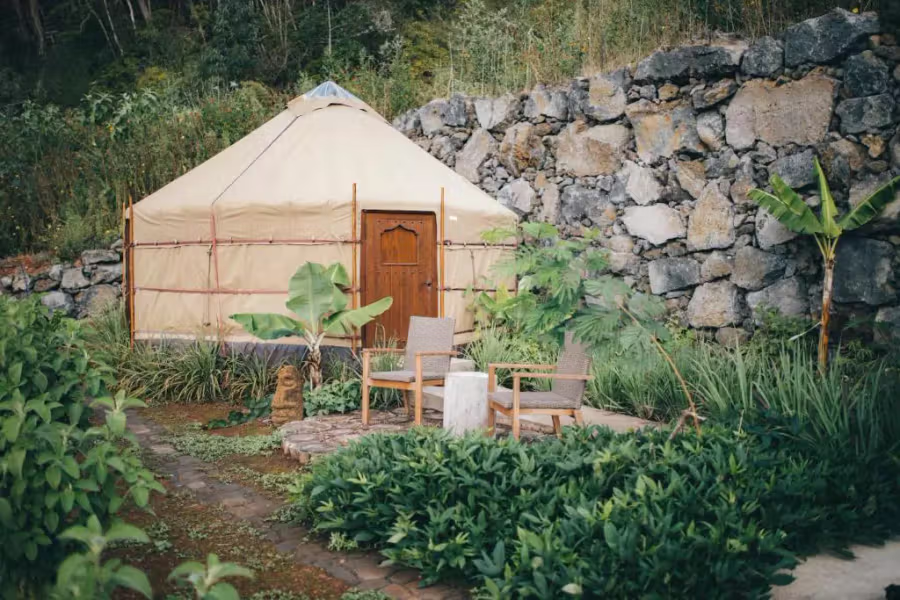
Safari tents
Safari tents are spacious glamping tents that are well suited for warmer weather because of their open design and front deck. Safari tents can combine canvas with a wooden structure, like these safari tents on Quinta Japonesa near Caldas da Rainha.
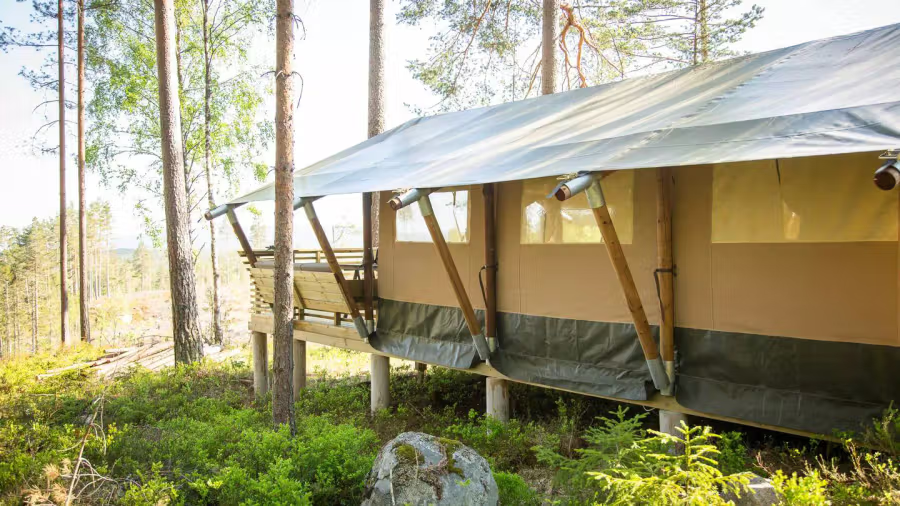
Explore top regions for Portugal glamping
Glamping Portugal: Why and where to go
From glamping getaways near the city to coastal glampsites and cabins in the countryside, glamping in Portugal is a great way to get in touch with nature with added comfort and protection from the elements, and without the hassle of traditional camping. And while you can’t just pitch your tent anywhere in Portugal as wild camping is forbidden, you will find glamping Portugal stays near some of the country’s most picturesque natural sceneries.
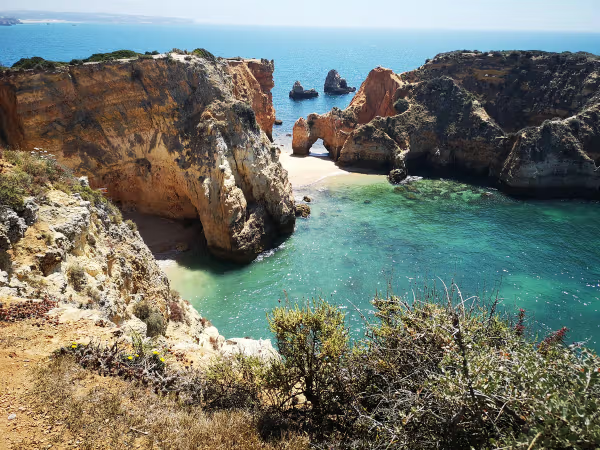
The Algarve with its beaches, coves, and rolling hills is the premier holiday destination in Portugal. But rather than stay directly in town on the crowded coast, why not go glamping in Algarve? Not only will you get to enjoy the natural beauty of the Algarve more, but you will have less neighbors than when staying in a resort town. Stay at this bungalow in Loulé with both a mountain and ocean view, or this comfy bell tent at Monte da Tribo.
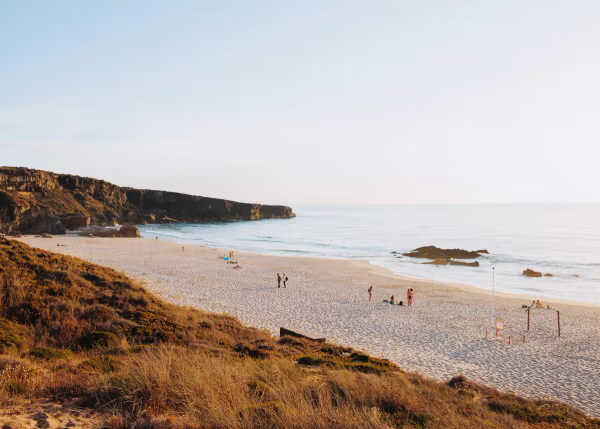
With much of the coastline being protected and wild, the Costa Vicentina in Alentejo is a wonderful glamping destination. Glamping Alentejo means waking up in a bell tent on an olive grove in Odemira, or staying in an eco trailer on a organic farm in Aljezur. But glamping in Alentejo doesn’t have to be coastal. The rolling hills and estates of inland Alentejo offer peace and stargazing opportunities when glamping in Alentejo. You can stay at idyllic places like Cantinho da Pay Farm Stay or Herdade Monte da Tapada in Évora.
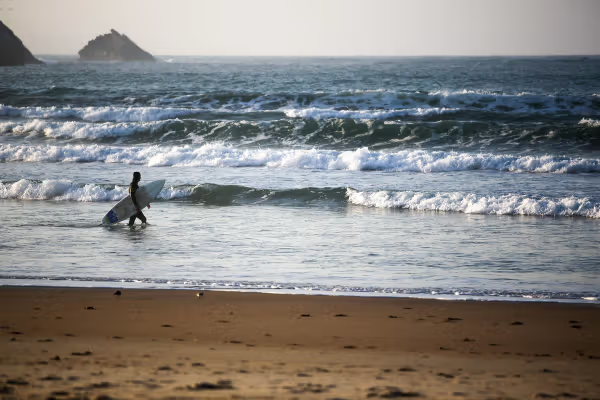
Surfers looking for waves will want to find glamping in Ericeira, like at Maisuma Glamping Ericeira, or glamping in Peniche at Da Silva Bike & Surfcamp in Lourinhã. Glamping in Costa da Caparica is also a good idea if you want to stay close to the surf.
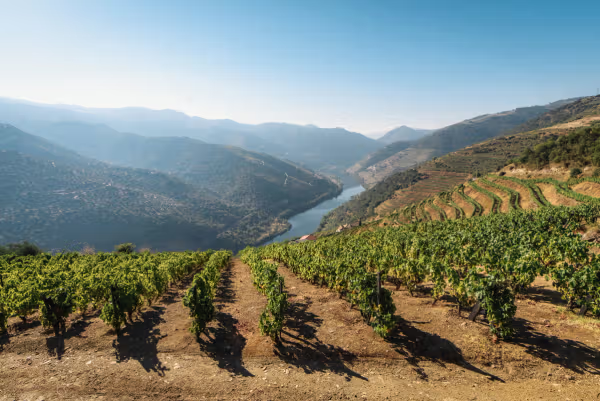
Glamping in North Portugal is popular because the extra comfort combats the northern weather. Glamping options in the green and rustic north are plentiful. For Glamping Norte Portugal, try this converted shipping container in Viana do Castelo or these bungalows in the Douro Valley.
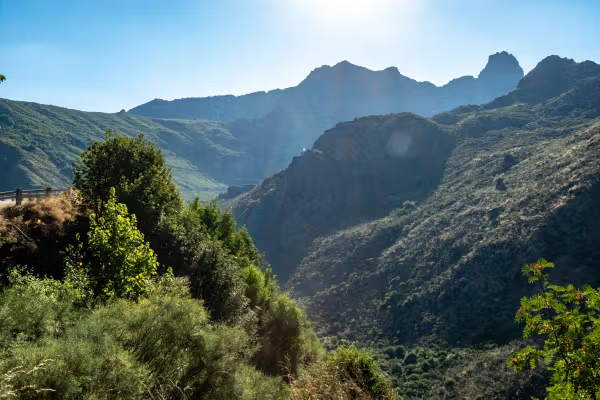
The natural parks in Portugal are also popular glamping destinations, like Glamping Serra da Estrela. A most unique way to spend a glamping holiday near the Serra da Estrela is in a hobbit house close to Piodão.
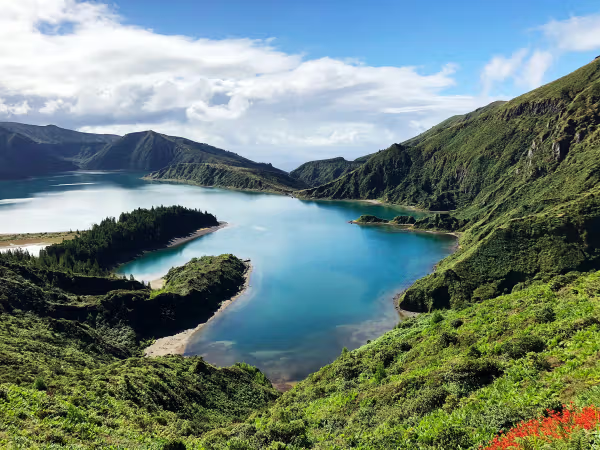
The Azores are an amazing destination for nature lovers. Glamping in the Azores is cheap and amazing way to get in immerse yourself in the green landscape of the Azores. From a yurt on São Jorge to a tiny house near Ponta Delgada, you can find glamping in the Azores all across the islands.
Frequently Asked Questions about Glamping in Portugal
What is glamping?
Glamping stands for ‘glamorous camping' and refers to camping with the luxury and comfort of a bed and other amenities that fit in a glamping tent or accommodation. Glamping allows you to enjoy nature with the comforts of a home or hotel.
Where can I go glamping?
You can find glamping in Portugal all across the mainland and the islands. Glamping is also popular across Europe so there really is no end to the destinations you can pick for glamping. See all locations with glamping here.
What does glamping cost per night?
The average cost of glamping in Portugal ranges between €40-80 per night, but prices vary depending on the type of glamping stay and the season. Bell tents can cost as little as €35 per night. Glamping is cheaper in Portugal and slightly more expensive in Spain. Glamping in France is more costly than either but not as expensive as glamping in Norway.
What to bring when glamping?
One of the major benefits of glamping is that all amenities are provided. Do bring (warm) clothes, toiletries and outdoor gear to enjoy nature. Depending on the facilities offered in the glamping accommodation, you might have to bring your own towels, linens, and cleaning supplies. If the listing doesn’t mention what’s included, ask the owner before your arrival.
Do you have your own toilet when glamping?
A toilet is always available when glamping. Depending on the type of glamping accommodation, you can either have your own toilet or make use of shared bathroom facilities. Glamping tents rarely have their own toilet, though some have their own outhouse with a toilet. Check the listing of each glamping to find out how the host provides toilet facilities.
Is glamping good for the environment?
Glamping is a sustainable travel option because it is local and small scale. Glamping stays are built with low-impact materials. They are often set up by the local community and contribute to local economies. Glamping and glampsites are small scale, which creates micro tourism that has less impact on the environment.
Login
